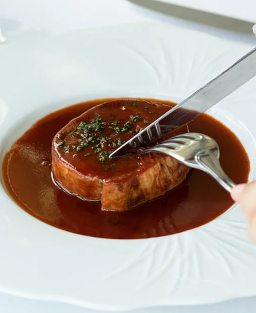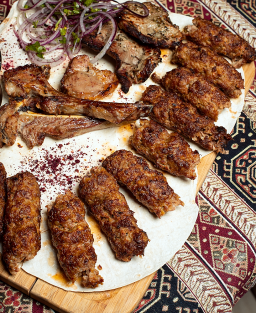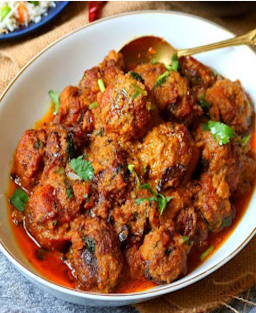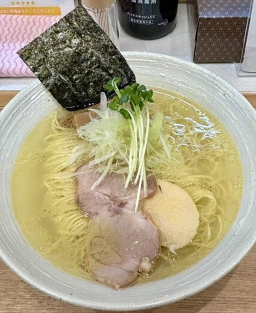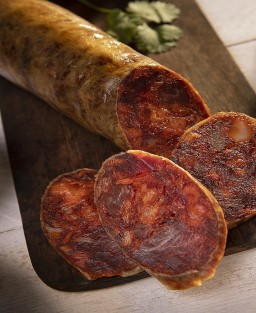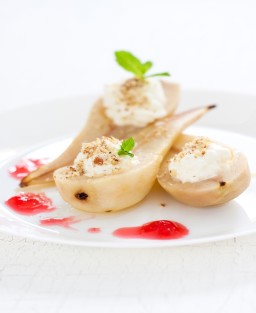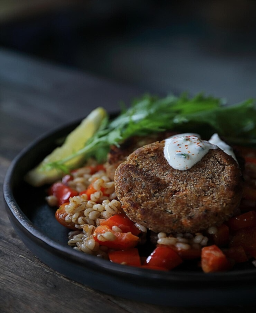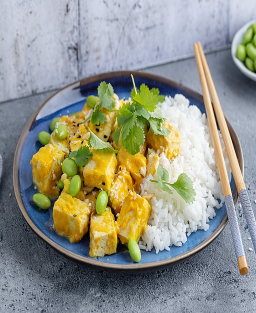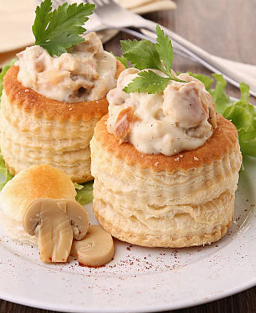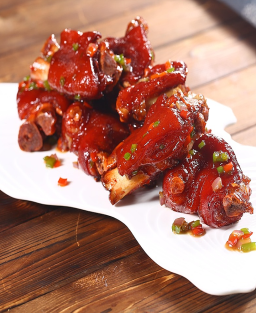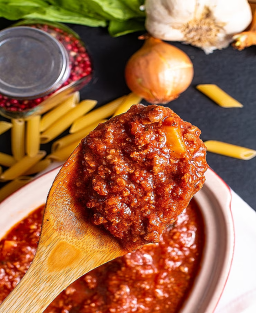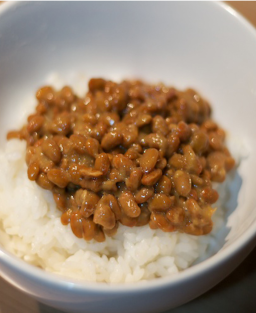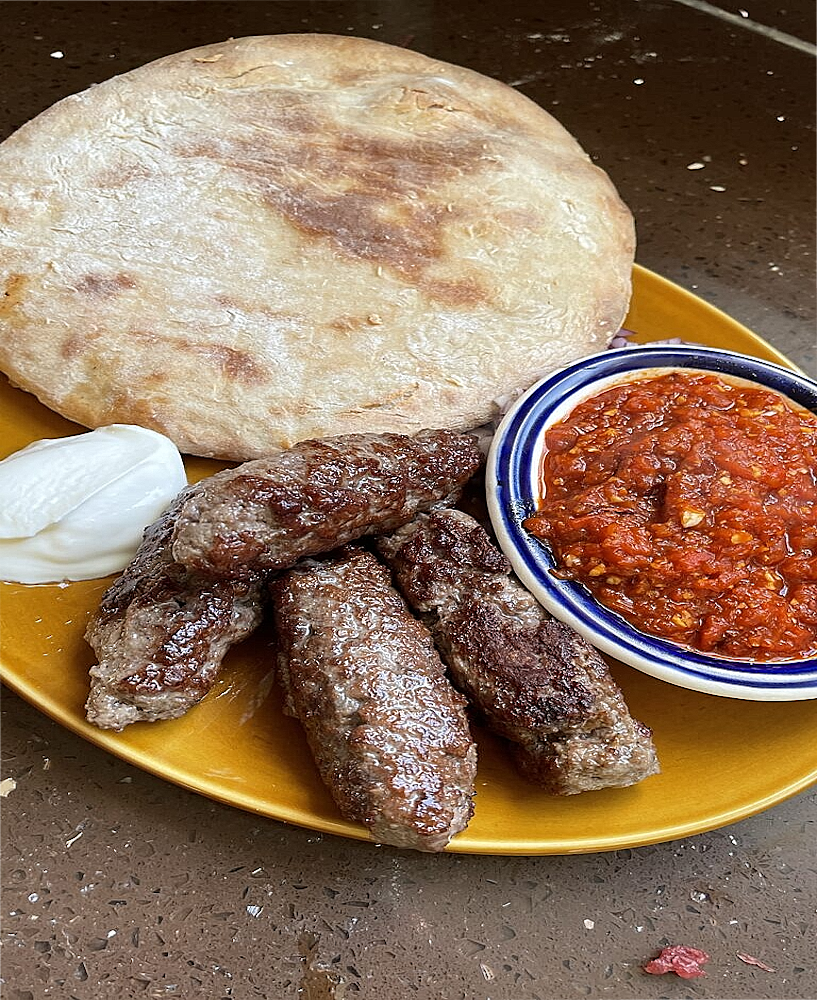- Out-of-Stock
The Traditional Ćevapi Recipe with Beef and Lamb: An Iconic Balkan Dish with Unique Flavors
The traditional recipe for Ćevapi made with beef and lamb
Ćevapi are a popular dish in many regions of the Balkans, notably in Bosnia and Herzegovina, Serbia, and Kosovo. Here is how to prepare this national dish, adhering to the traditional techniques and the unique flavors that characterize this recipe.
Ćevapi (pronounced “tche‑va‑pi”)
This is the most common name, used particularly in Bosnia and Herzegovina, Serbia, Montenegro, and North Macedonia.
Ćevapčići (pronounced “tche‑va‑pi‑tchi” or “tche‑vap‑tchi‑tchi”)
An affectionate, Slavic diminutive of the word ćevapi, more frequently used in Croatia and Slovenia. It literally means “small ćevapi.”
Kebapi
Name used primarily in North Macedonia. It is a linguistic variant of ćevapi, where the sound “ć”, being less common in the Macedonian alphabet, is often replaced with “k.”
Ćebapi / Čevapi
These forms appear in simplified transcriptions or in non-standard contexts, notably on tourist menus. They are essentially orthographic variations, sometimes without the accent or with “č” instead of “ć.”
Mesni valjci (literally “meat rolls”)
A rare and more descriptive-than-traditional term, used especially in contexts where local names are avoided, such as translated menus or industrial food production.
Kebabčići / Kebapčići
Used occasionally in Bulgaria or in regions influenced by Turkish. This term derives from the word kebab, with the diminutive suffix ‑čići, typical in Balkan languages.
Balkan Kebab / Bosnian Kebab
Common appellations in Western countries, especially in restaurants or menus targeting tourists. They serve to denote ćevapi in a way that is more accessible to non‑Slavic speakers.
Recipe for Beef and Lamb Ćevapi
Ingredients :
Minced meat :
500 g of ground beef (ideally with a bit of fat for texture)
500 g of ground lamb (or a 70 % beef / 30 % lamb mixture for better texture and flavour)
Spices and seasonings :
2 garlic cloves (crushed or finely chopped)
1 medium onion (grated or finely chopped)
1 teaspoon of salt
1/2 teaspoon of black pepper
1/2 teaspoon of sweet paprika (or more if you enjoy a slightly spicy taste)
1 teaspoon of baking soda (for a tender texture)
1 teaspoon of fresh parsley (chopped)
1 tablespoon of olive oil or sunflower oil (to bind the meat)
1/2 teaspoon of cumin (optional, but often used for a distinctive aroma)
Preparation :
Prepare the meat :
In a large bowl, combine the ground beef and lamb. Mix well to obtain a homogeneous texture.
Add the spices :
Add the garlic, onion, salt, pepper, paprika, parsley, and cumin to the minced meat. Mix thoroughly to distribute the spices evenly.
Work the meat :
Add the baking soda and olive or sunflower oil to add moisture and improve the texture. Knead the meat with your hands for a few minutes until it becomes smooth and unified.
Rest :
Cover the bowl with plastic wrap and let the meat rest in the refrigerator for at least 1 hour. This allows the spices to infuse fully and helps firm up the texture.
Form the Ćevapi :
Take small portions of meat (approximately 30 to 40 g each) and shape them into small sausage-like rolls about the size of a finger (approximately 5–6 cm long). You may also shape them into small balls according to preference.
Cooking :
Grilling on a barbecue :
Heat a barbecue to medium-high. Grill the Ćevapi for approximately 4–5 minutes per side, turning them regularly until they are well browned and cooked through. If you do not have a barbecue, you may cook them on a grill pan or skillet.
Oven alternative :
If you prefer baking, preheat the oven to 200 °C and bake the Ćevapi on a baking tray for about 15–20 minutes, turning them halfway through.
Accompaniments :
Ćevapi are generally served with simple sides such as :
Pita or lavash bread (a soft flatbread)
Raw onions, thinly sliced or chopped
Ajvar (a red pepper relish made with roasted red peppers, garlic, and oil)
Plain yoghurt or fromage blanc to add freshness
Tip :
Ćevapi are often served in small bundles (5 to 10 pieces), wrapped in bread, with fresh onions and ajvar on the side for a touch of freshness and spiciness.
Summary :
Beef and lamb Ćevapi are a flavorful and tradition‑rich dish, combining the sweetness of lamb with the juicy texture of beef, all seasoned with a simple but effective spice blend. These small grilled sausages are perfect for convivial meals, ideally shared among friends or family around a barbecue.
The dispute surrounding the Protected Designation of Origin (PDO) status of Ćevapi
The dispute over the Protected Designation of Origin (PDO) for Ćevapi highlights cultural and historical rivalries among Balkan countries. Although this dish is deeply rooted in the region’s culinary traditions, several nations vie to claim exclusive origin and protection of a specific Ćevapi version. This battle for PDO reflects political, historical, and social tensions, while underscoring the dish’s significance in the Balkans’ culinary identity.
The Stakes of PDO for Ćevapi
PDO is a designation that protects a specific food product based on its geographical origin and traditional production methods. Obtaining this certification ensures the product meets precise criteria of production and quality, while preventing counterfeits or imitations.
In the case of Ćevapi, several countries claim the origin of this emblematic dish. Below are some of the main actors’ arguments in this dispute :
Bosnia and Herzegovina :
Bosnia regards Ćevapi as a cornerstone of its national culinary heritage. The country claims not only the recipe’s origin but also a specific preparation method. Bosnian Ćevapi are typically smaller, served with pita bread and accompanied by ajvar and raw onions. The debate intensifies around the notion that the term "Ćevapi" is intrinsically linked to Bosnia and Herzegovina, where it is seen as a symbol of unity and conviviality among the region’s peoples.
Serbia :
Serbians also assert a strong connection to the dish. In Serbia, Ćevapi are richer and often served with fries. Moreover, the term ćevapčići, a diminutive of ćevap, is commonly used. Serbians argue that the version of Ćevapi served in their country is the most authentic, having preserved culinary traditions around the dish for centuries. They also have a robust street food culture; Ćevapi are omnipresent in specialized restaurants called ćevabdžinicas.
Croatia :
Croatia positions itself as a defender of Ćevapi, especially in regions influenced by Mediterranean cuisine. Croats claim a spicier version of the dish, often seasoned with paprika or local herbs, distinguishing it from other Balkan variants. For Croatia, PDO could be an opportunity to promote this spicier, more Mediterranean style of Ćevapi, clearly differentiated from neighboring nations.
Kosovo and Albania :
Kosovo and Albania are often included in this dispute due to their shared history with Serbia and Ottoman influences. In these countries, Ćevapi are popular, though local variations exist. The Kosovan version, for example, is generally smaller and served with fresh bread. In Albania, although the term qebap is derived from the Turkish kebab, Ottoman influences are undeniably present in Ćevapi preparation.
Reasons behind the Dispute
This rivalry over PDO is not purely gastronomic but also cultural and political.
Cultural competition :
In a region marked by centuries of Ottoman, Austro-Hungarian, and Slavic rule, each country seeks to assert its culinary identity using popular, representative cultural elements. As a quintessential street food, Ćevapi symbolize conviviality and gathering, and each nation wants to appropriate them as a key cultural component.
Economic valorization :
Obtaining PDO can also bring economic benefits. The certification ensures protection against imitations and supports local production. It could give Ćevapi producers a competitive edge by allowing them to market their product as authentic and high-quality.
Historical tensions :
The Balkans have a fraught history, particularly post‑1990s Balkan wars. Each country uses culinary traditions to reinforce its national identity and distance itself from external influences, especially imperial or Ottoman powers.
Conclusion : a matter of identity and pride
The PDO dispute around Ćevapi is more than culinary—it is a symbolic matter of national pride. Each Balkan nation claims its version as the most authentic, and PDO serves as a tool to preserve this culinary identity. The diversity of recipes, shaped by the region’s complex history, makes Ćevapi a dish transcending geographical and political borders—a true symbol of Balkan culture.
Ćevapi : an iconic Balkan dish and its historical heritage
Ċevapi (or Ćevapčići) are among the most emblematic dishes of the Balkans, popular in Bosnia and Herzegovina, Serbia, Croatia, Albania, Kosovo, and North Macedonia. These small minced‑meat sausages—typically made with beef, pork, and occasionally lamb—are grilled. This simple yet flavorful dish dates back centuries and embodies a fusion of Middle Eastern culinary traditions, Ottoman influences, and remnants of the Roman Empire that have shaped the Balkan region.
Origins of Ćevapi and Roman influence
Ancient Rome’s impact on Balkan cuisine is unmistakable. Romans significantly influenced cooking methods—particularly minced meat and grilling techniques still used for Ćevapi. In ancient Rome, meat was often grilled on skewers—a method well integrated into Balkan culinary traditions. Today, this technique endures, particularly for Ćevapi, which are cooked on skewers or grills.
Moreover, Romans encouraged livestock breeding—especially sheep and cattle—leading to the prevalence of beef and lamb dishes. This meat preference remains central to Ćevapi preparation, often using a beef‑lamb mixture, resulting in a juicy texture and richly appreciated taste.
Regional variations of Ćevapi across the Balkans
Each Balkan country has customized Ćevapi, resulting in diverse versions shaped by local influences, spice preferences, meats, and garnishes :
Bosnia and Herzegovina : Tradition and Simplicity
Serbia : Fatty and Flavorful
Croatia : Spicy and Herbaceous
Kosovo : Delicate and Light
Montenegro and Albania : Local Variations
North Macedonia : Spicy and Creamy
Ćevapi as street food
Ćevapi have become a staple of street food in many Balkan regions, notably Serbia, Bosnia, and Croatia. Their ease of preparation on a barbecue and affordability make them popular in čevabdžinicas (specialized eateries) or street stands. This dish is central to everyday culinary culture and is frequently enjoyed during social gatherings, community celebrations, or family events.
A symbolic dish of Balkan unity
Beyond flavor, Ćevapi represent a symbol of unity among Balkan peoples. Despite variations in ingredients and preparation across countries, this dish remains a culinary bridge that crosses borders and connects regional communities. At festivities—religious or communal—or casual meals among friends, Ćevapi often take center stage, reinforcing conviviality and sharing.
In Summary
Ćevapi are a true culinary heritage of the Balkans, blending Roman, Ottoman, and local influences. Their evolution over centuries highlights cuisine’s ability to adapt while staying rooted. Today, they are a quintessential street food and a symbol of Balkan cultural unity, bringing peoples together around a shared meal while celebrating their diversity.











